Everything A Woman Needs To Know About Her Estrogen
Estrogen is one of the most important hormones in women’s health, but one that might not be thought about often enough. There is concern among some women whether they are getting enough or do not have enough naturally-occurring estrogen. Estrogen has a variety of functions for women, and a loss can have widespread consequences, including cognitive issues and energy levels. Becoming educated on what estrogen does and why it is needed is key at every stage of life.
Estrogen And Weight Loss
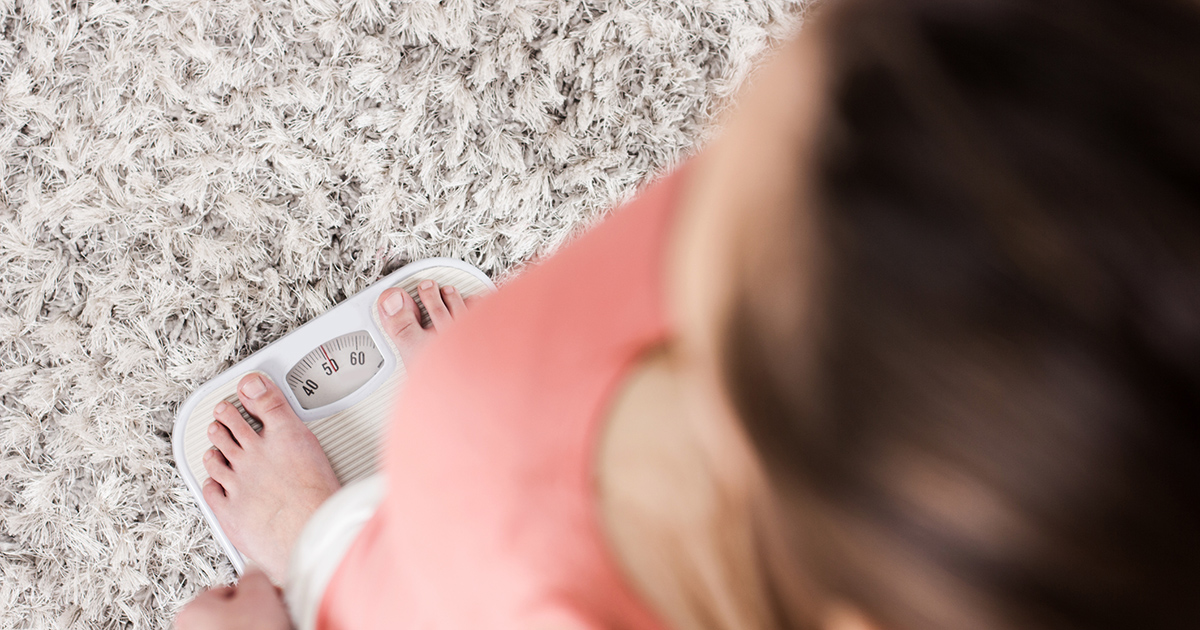
Although too much estrogen has a bad reputation of causing weight gain, it plays a role in weight loss. When it is stored inside a cell, the less space there is for fat to reside. The enzyme, hormone sensitive lipase (HSL) is also spurred into action with the presence of estrogen. This hormone acts to regulate fat metabolism, but the caveat is this takes place more often than not during exercise. The other way it helps weight loss is by revving up growth hormone production, so fat cells take up less glucose.
Researchers have studied the benefits of estrogen supplement use extensively and have evidence that its benefit is only upon onset and during menopause when the hormone levels decline. During this adjustment phase, menopausal symptoms set in, lowering the quality of life for many women. Supplementation can reduce some of these painful and restrictive symptoms. It is recommended hormone replacement therapy not be used to prevent heart disease and in some instances, it might increase the risk of medical conditions.
How Estrogen Affects Moods

During a women’s cycle, levels of the hormones estrogen and progesterone fluctuate. At the beginning, estrogen takes over. It helps produce feelings of high-energy, enthusiasm, and excitement. The feel-good hormone, serotonin, is in full force. Following ovulation, when progesterone takes over, the opposite comes into effect and women often get the feeling of the blues, feel sad, and have less energy. They may want to eat more and exercise less. It is important to be in tune with what is happening at each stage.
Risks of Hormone Replacement Therapy
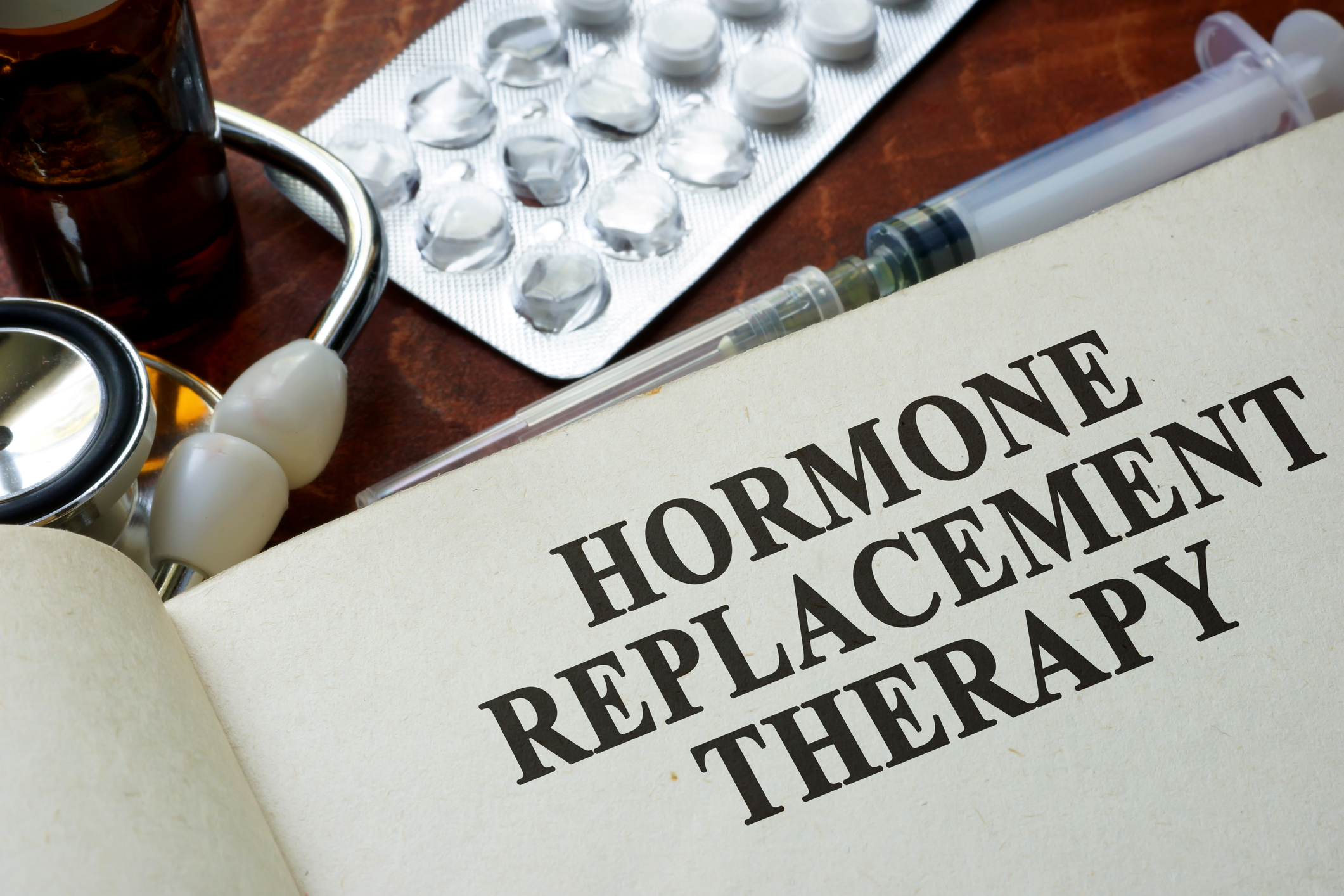
Women who are questioning hormone replacement therapy are recommended to look at both sides closely and talk to their doctor to decide the best route to take. It was a common practice for doctors to prescribe the symptom-reducing therapy, but new results taken from long-term research indicates it could lead to increased risk of blood clots, stroke, heart attack, and breast cancer. The women in these studies, however, took higher doses than needed over a longer period of time.
Estrogen Dominance
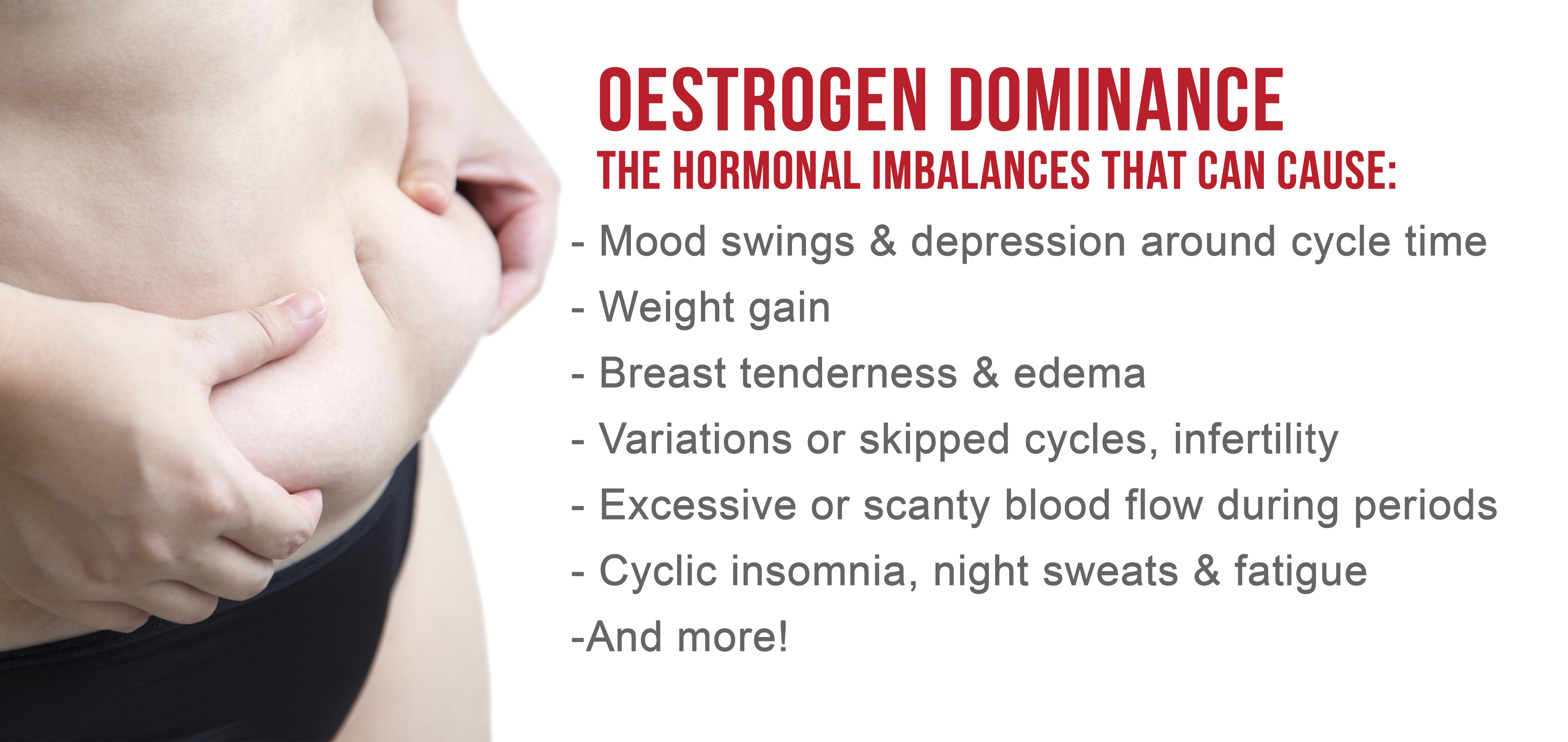
Not all estrogen is bad. There are sixteen varieties, and the one most linked to breast cancer is estradiol. When a woman has too much estradiol compared to progesterone, Estrogen Dominance (ED) can occur. ED can also happen if there is an imbalance of estrogen metabolites, which can lead to ill health, especially if liver problems are present at the same time. Symptoms include disruptive PMS, sore breasts, problems with fertility, ovarian cysts, cellulite, fluid retention, and endometriosis.
High Estrogen Concerns
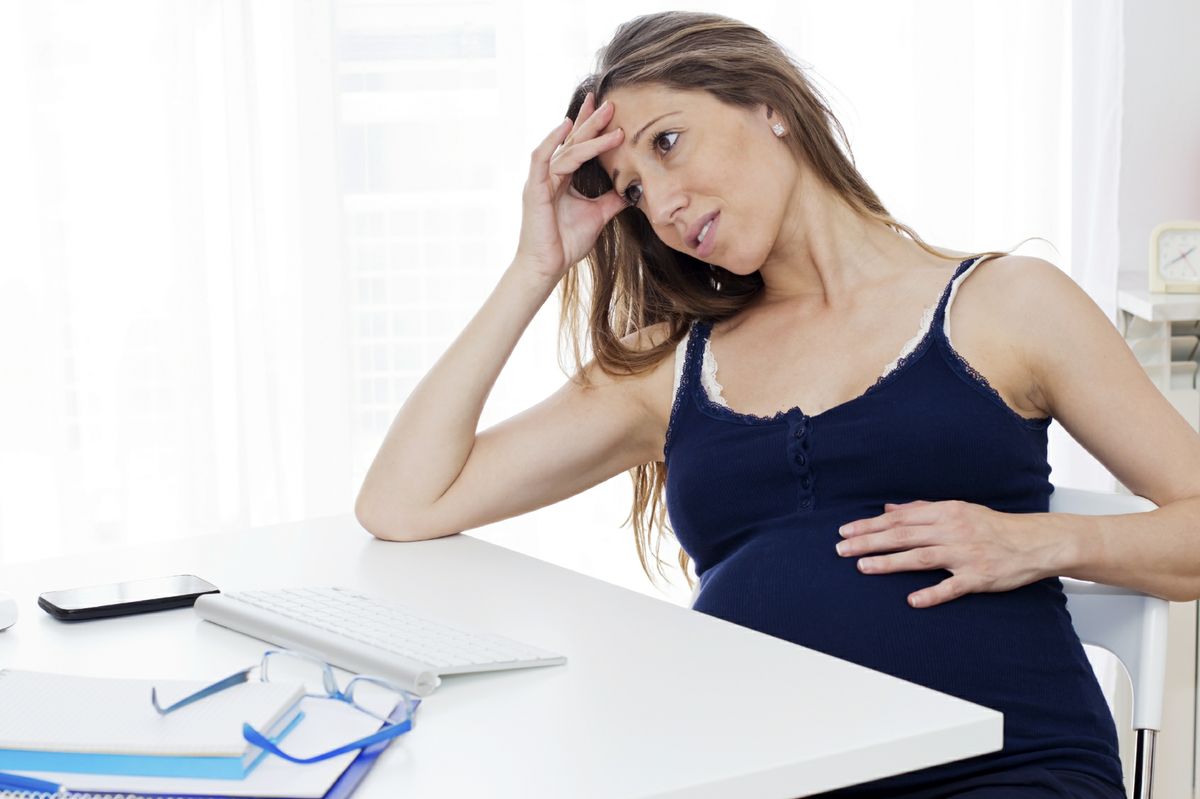
Women sometimes have to consider issues when their estrogen levels rise too high. It usually happens in pregnancy and can create problems, including long-term, serious ones. Symptoms of too much estrogen in the body include weight gain, mainly from the waist to thighs, heavy periods, PMS that worsens, the development of non-cancerous lumps on the breast called fibrocystic breasts and in the uterus called fibroids, fatigue, low libido, depression, and anxiety.
Low Estrogen Concerns

Women who have had surgery to remove the ovaries will most likely experience low levels of estrogen. It happens naturally upon menopause. Their symptoms are similar to menopause, including sleeplessness, vaginal dryness, low sex drive, moodiness, dry skin, irregular periods or cessation altogether, and hot flashes. When estrogen levels dip before menstruation, some women might experience headaches or migraines. Men, too, can be affected by belly weight gain and low libido.
Types of Estrogen
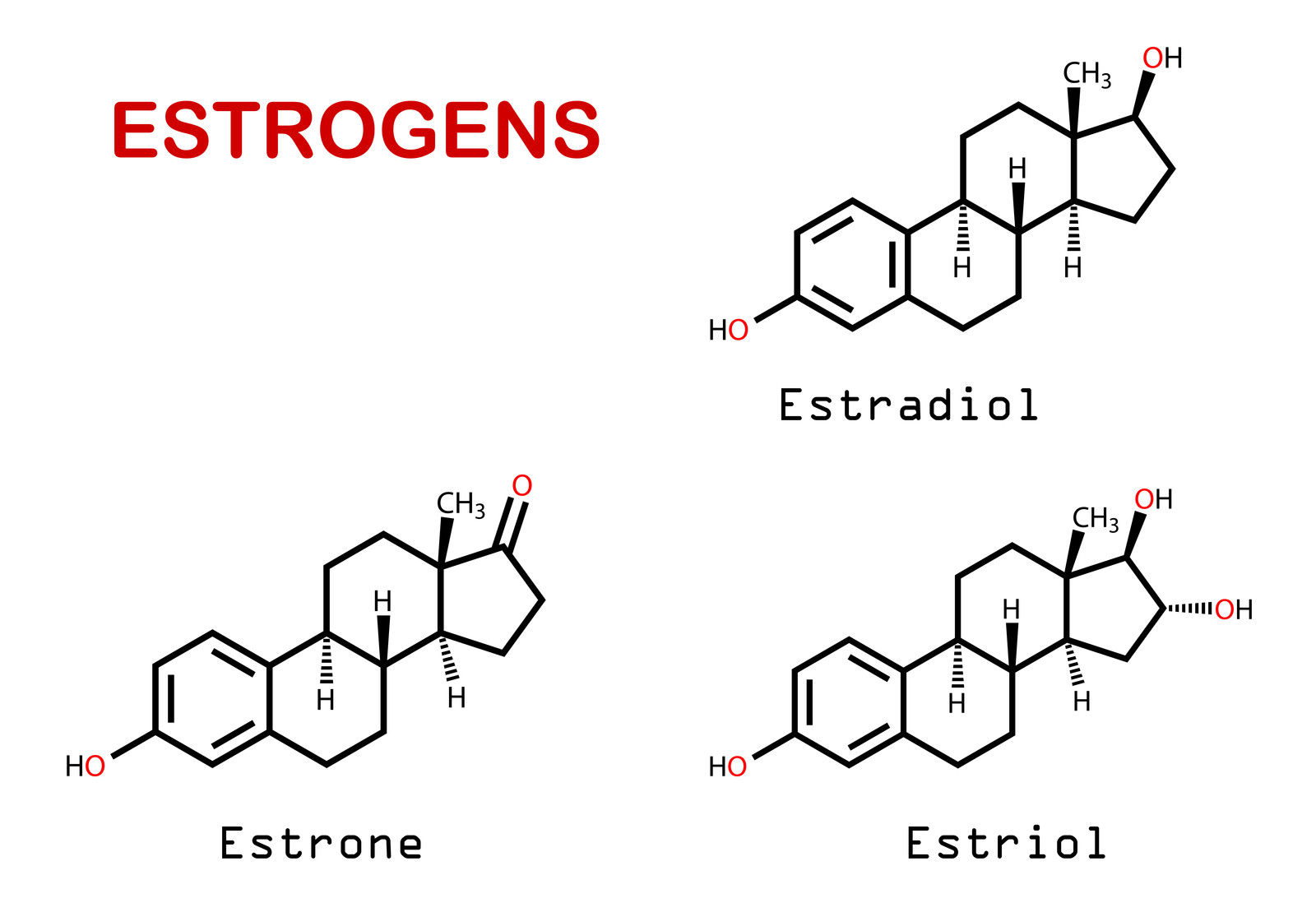
Women make three main types of estrogen, including estradiol, estrone, and estriol. Estradiol is the most common type found in non-pregnant women of childbearing age, and its main function is assisting with the monthly egg release from the ovaries. Estrone, also produced in the ovaries, as well as fat cells, is the form found upon post-menopause. Estriol occurs in abundance at pregnancy and released by the placenta. Each has a role and change levels through the menstrual cycle.
What Does Estrogen Do?
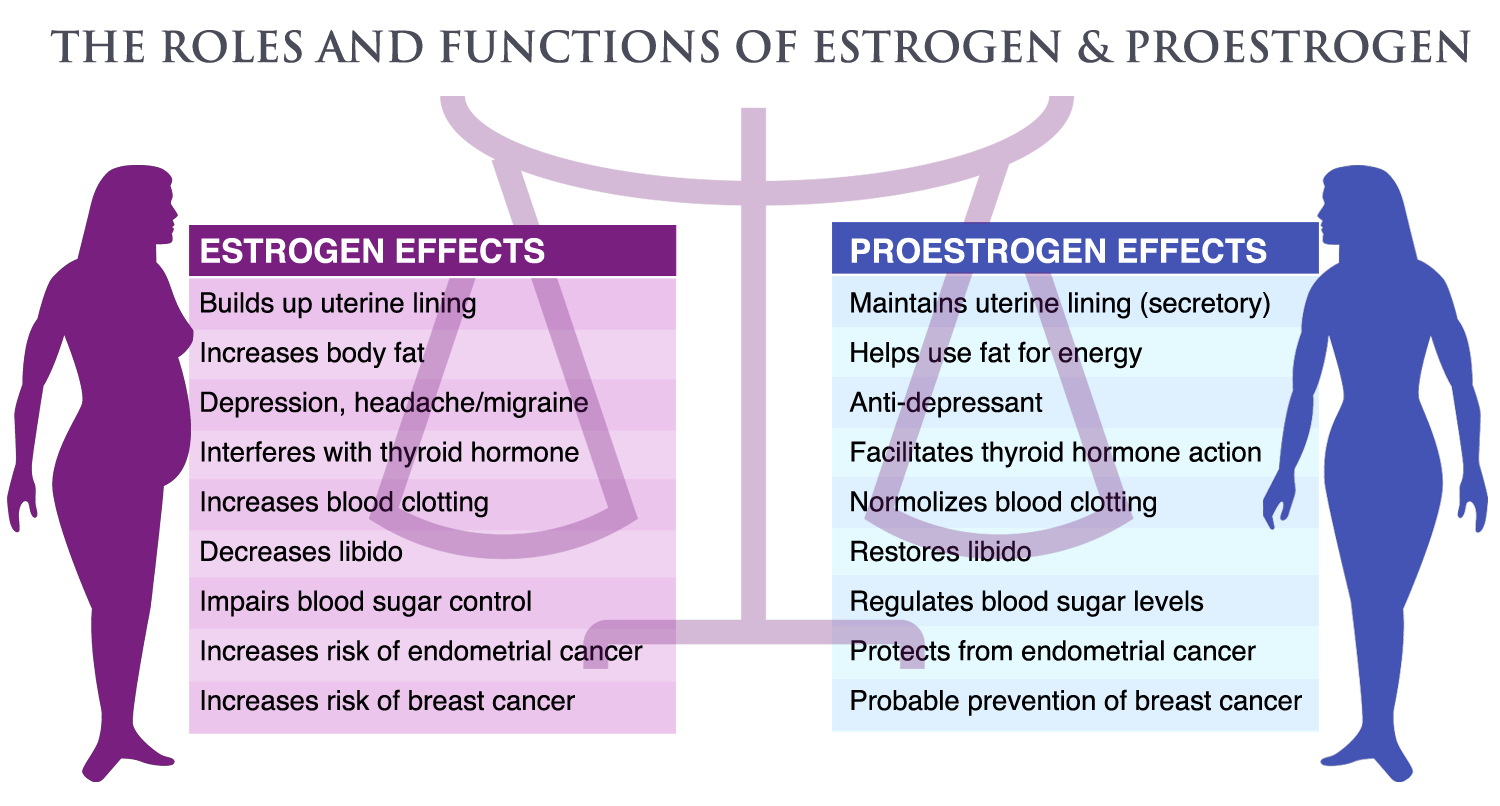
Women will usually first become aware of the role of estrogen in their bodies at puberty when they start developing and start menstruation. It is produced in abundance in the ovaries, where eggs for reproduction are also produced. Not only does estrogen control the menstrual cycle and is integral for childbearing, but it also affects mood, heart, and skin, keeps cholesterol in check, and protects the bones by helping them stay strong.
What Is Estrogen?
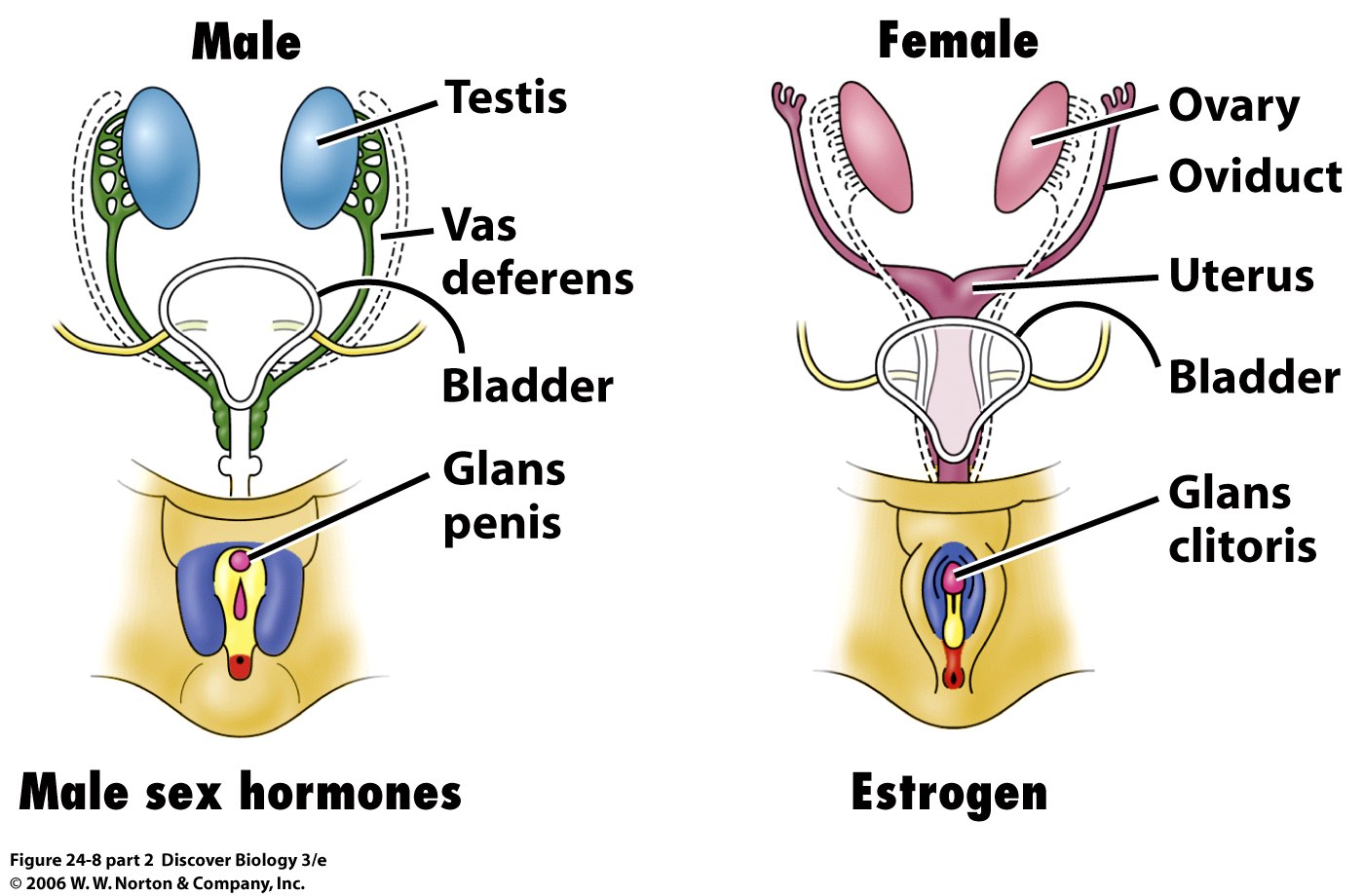
Both men and women make this sex hormone. The difference between the two genders is where it is made. Both produce estrogen in the adrenal glands and within fat cells, but in addition, women make most of theirs in the ovaries. During menopause, women start producing less estrogen in the ovaries, leading to symptoms like hot flashes, irregular periods, vaginal dryness, night sweats, mood changes, weight gain, metabolic changes, thin hair, and dry skin.
